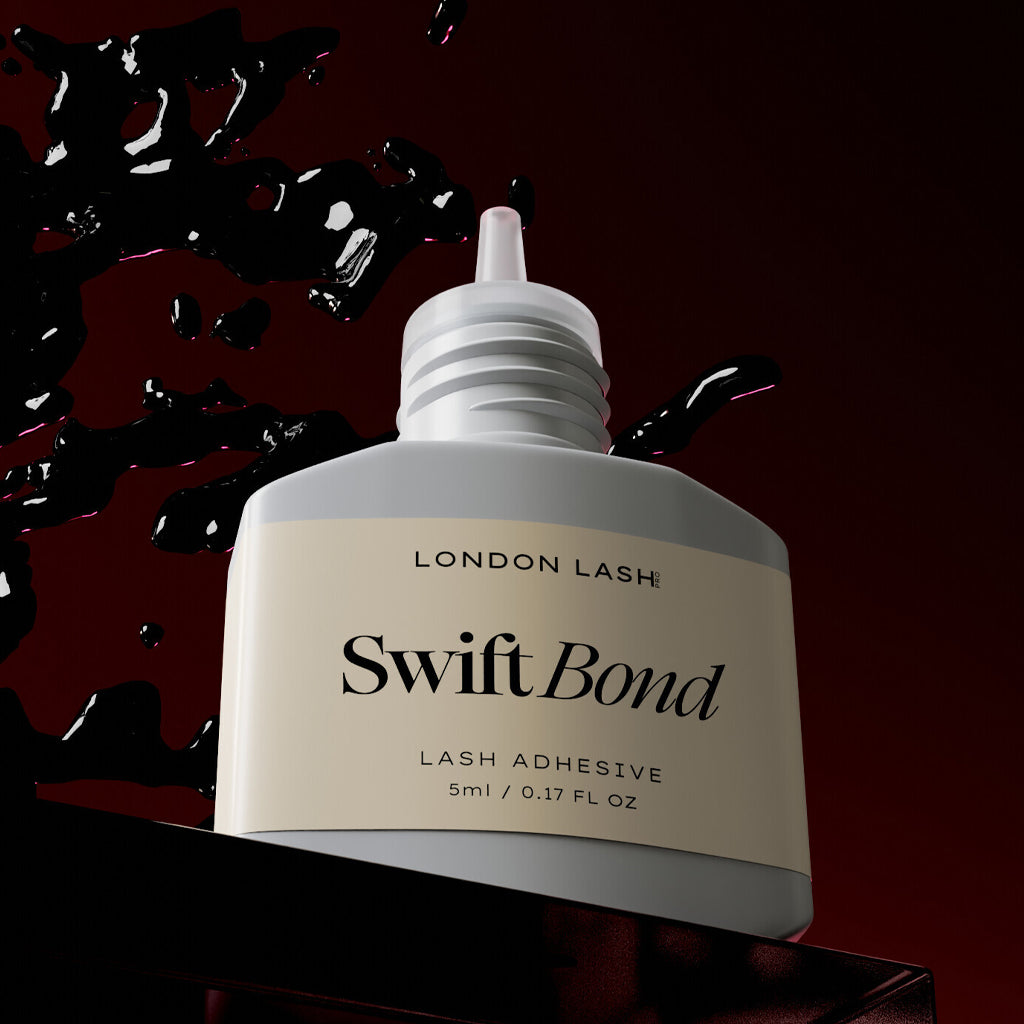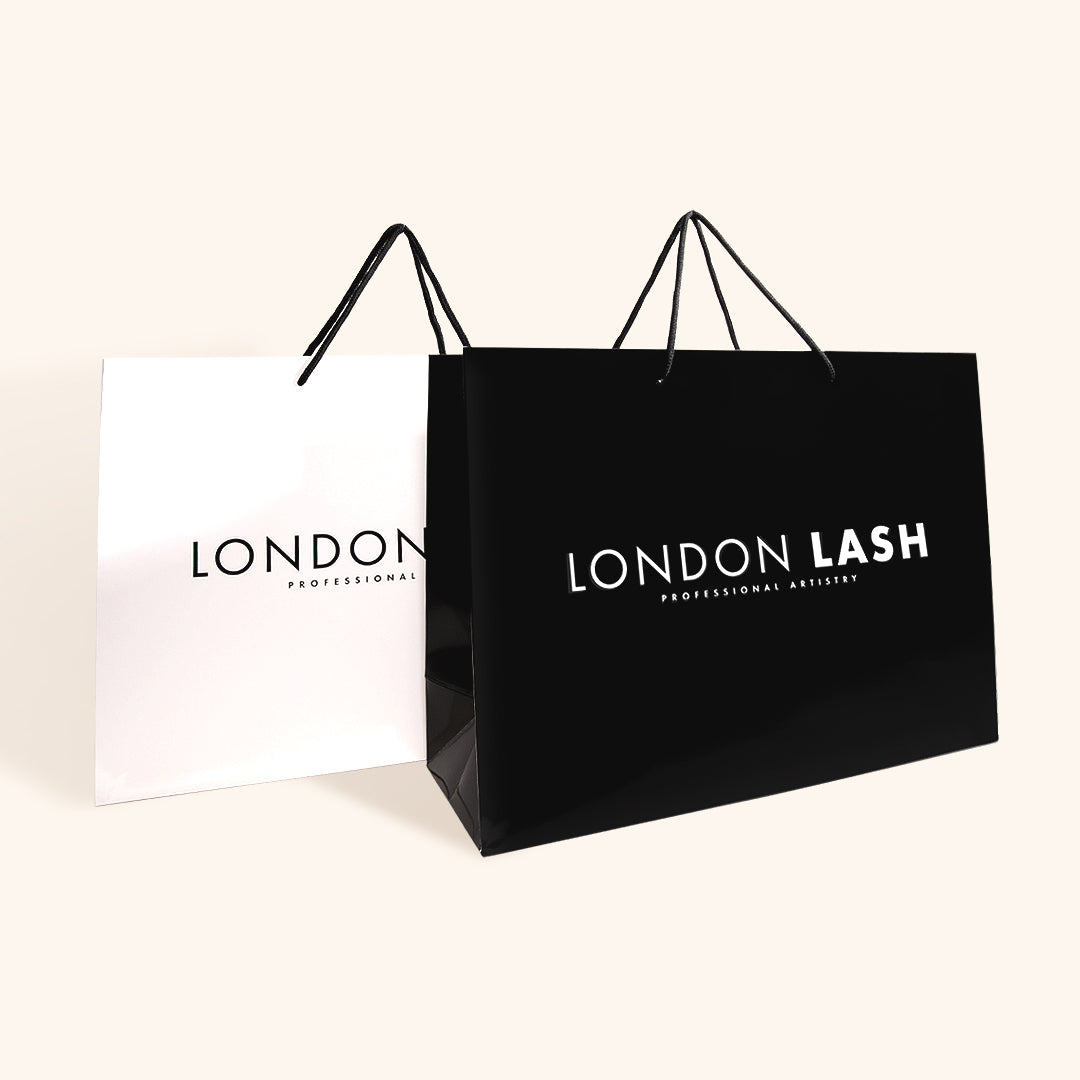New In
Glues & Liquids
Lashes
LASH LIFT
Dolla Nails Pro
Online Training
Save up to 57% off
Lash Extensions on Weak Lashes: How to do it Right
November 21, 2024 3 min read

Lashing Weak Natural Lashes: Yes, It’s Possible—But Proceed with Caution!
We’ve all been there: a client walks in with lashes that are thin, brittle, or sparse from past damage. It can feel a little intimidating, but don’t worry—it’s nothing you can’t handle! Dealing with these delicate lashes takes skill, patience, and a solid understanding of lash health. It’s all about knowing how to protect those natural lashes while still giving your clients a beautiful set. Here’s how to get it right and leave your clients feeling fab without risking their lash health.

Step 1: Assess the Damage
First things first—before you even think about applying extensions, you’ve got to assess your client’s natural lashes. If they’re brittle, sparse, or showing clear signs of damage, it’s time to hit pause. In some cases, you might need to recommend postponing the appointment until their lashes are in better shape. While it may feel like a missed opportunity, it shows that you truly care about their lash health, which builds trust and keeps them coming back.
Step 2: Pick the Right Extensions
When it comes to applying extensions to weaker lashes, the selection of lashes is critical. Think light and thin! You want to keep the extensions as light as possible to avoid putting extra strain on fragile lashes. For volume fans, 0.07 lashes up to 2D are a great choice, while 0.05 in 4D is a good option for clients who need a bit more coverage. Classic lashes? Stick to a maximum thickness of 0.12 to keep things safe.
If your client is after a wet lash look, flat lashes are a fantastic choice. They’re about half the weight of a regular classic lash, so you can give them the look they want without adding any extra weight.
Also, remember—shorter lashes are your friend! They naturally give a fuller, more dense look without the added weight of longer extensions. They’re perfect for filling in gaps and giving that lush volume without risking damage.
Step 3: Application Techniques
When working with damaged lashes, your application technique needs a little extra TLC. For example, avoid applying extensions to baby lashes, unless filling in gaps is absolutely necessary. In those cases, use a light fan or classic lash to bridge the gap, and be sure to check in with the client for a fill in 2 weeks. You want to keep a close eye on the growth and health of those delicate lashes.
As you apply, be super meticulous about your glue application and always check for stickies. The goal is to ensure each extension is applied securely, without causing strain on the natural lashes.
Step 4: Aftercare and Maintenance
After your gorgeous set is complete, it’s time for follow-up appointments. Every 2-3 weeks is ideal. Not only will this help keep the lashes full and fluffy, but it also gives you the chance to monitor the health of the natural lashes as they grow.
Also, make sure to educate your clients on aftercare. Remind them to avoid rubbing their eyes, picking at their lashes, and to use a gentle lash shampoo every day. These habits will keep their natural lashes healthy and ensure their extensions last longer.
Sometimes, Saying "No" Is the Best Thing You Can Do
When working with damaged lashes, it’s crucial to take a thoughtful approach. Sometimes, the best thing you can do is say no and give their natural lashes time to recover. Always prioritize lash health over aesthetics so that your clients will be able to enjoy lash extensions for years to come!
Subscribe
Sign up to get the latest on sales, new releases and more …
















